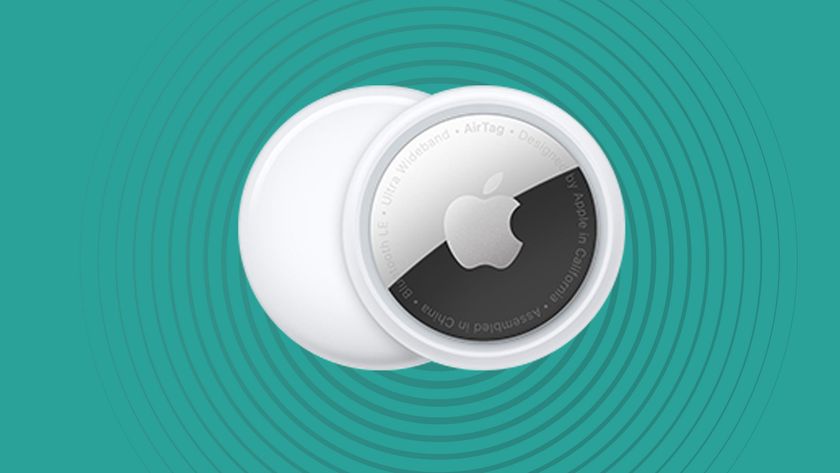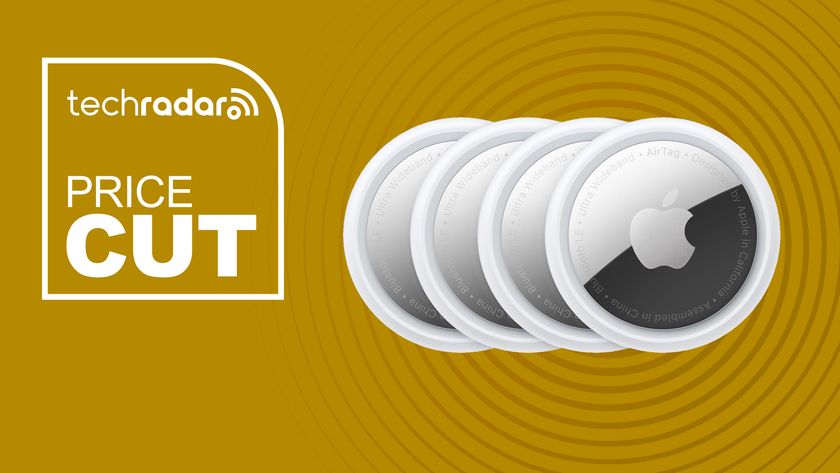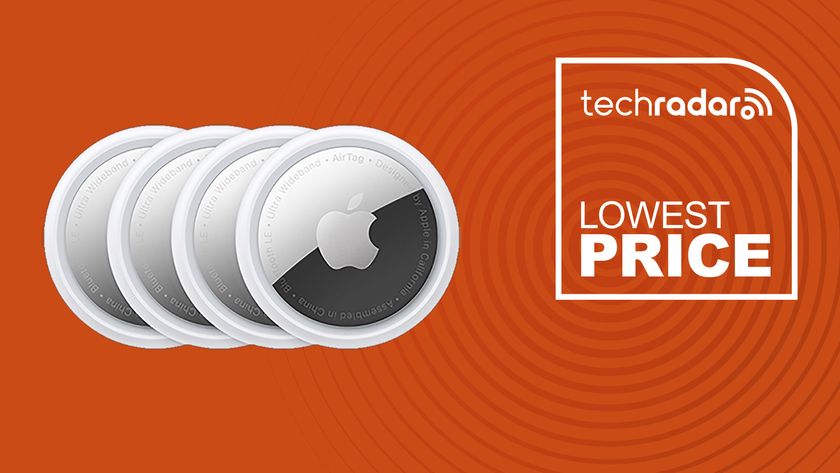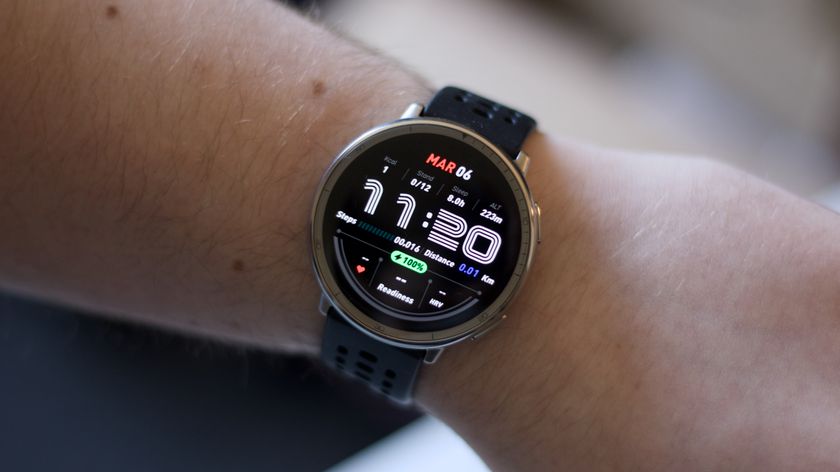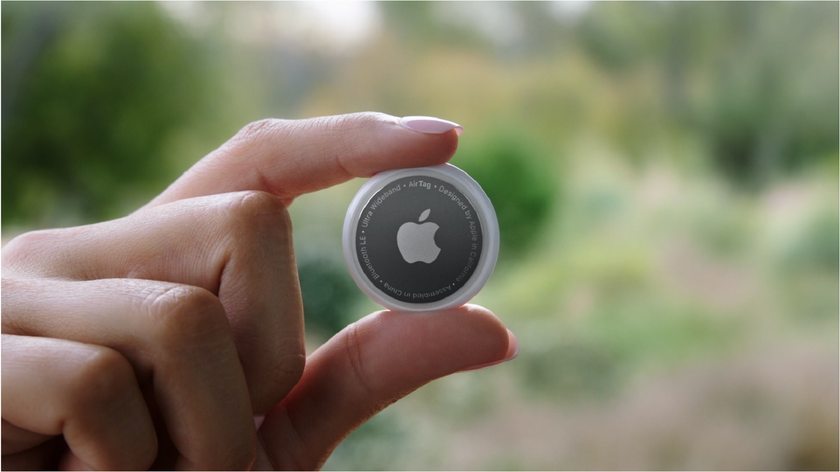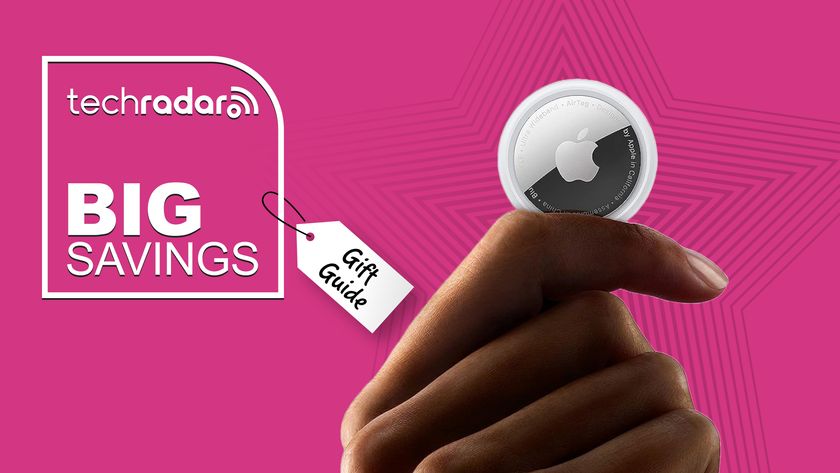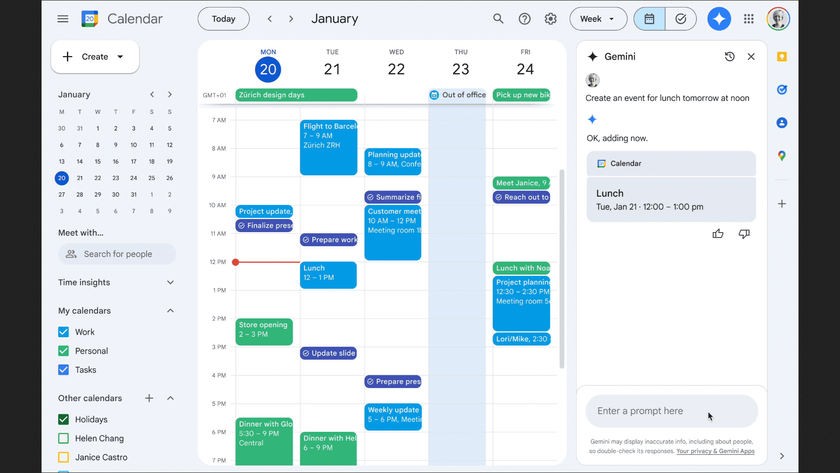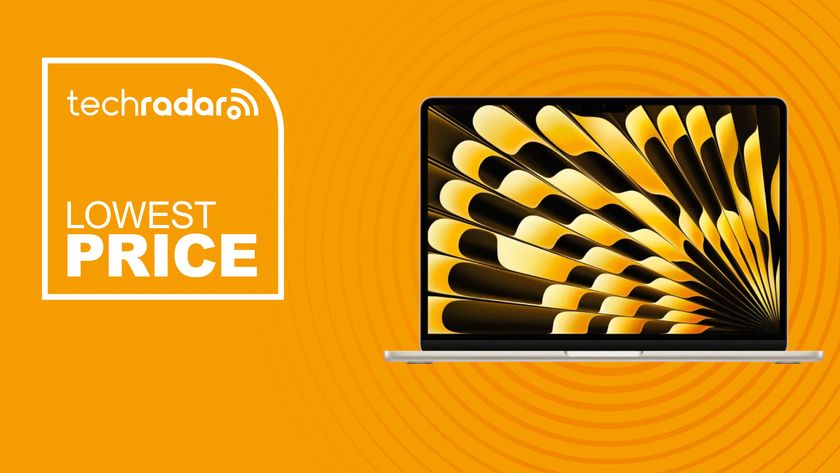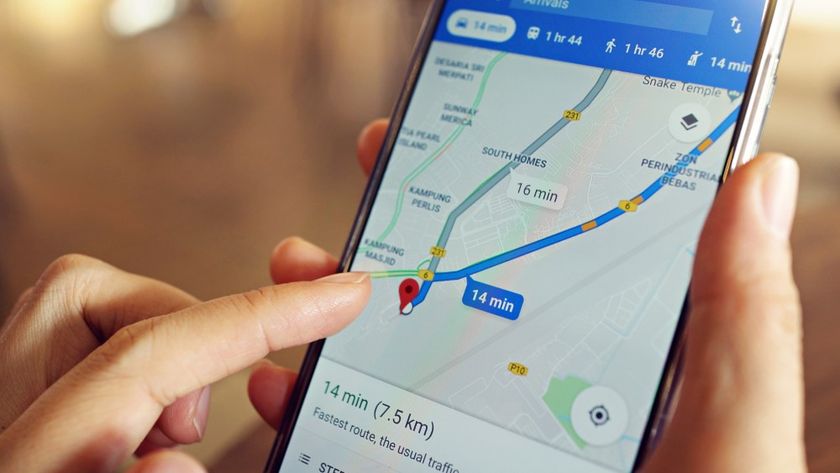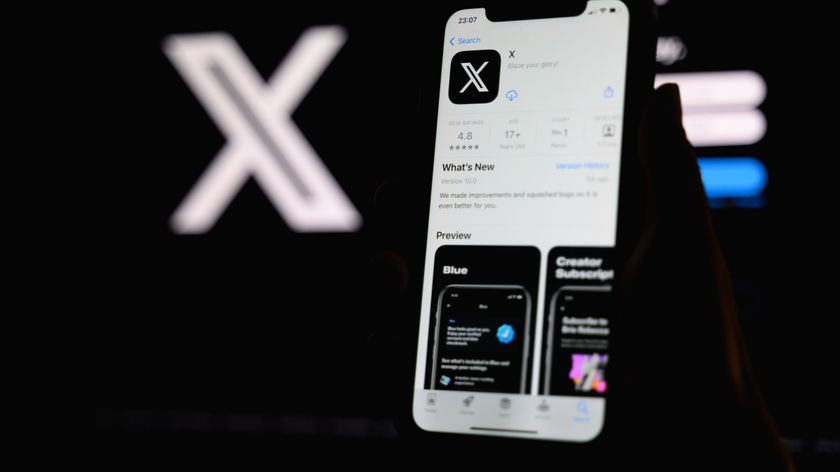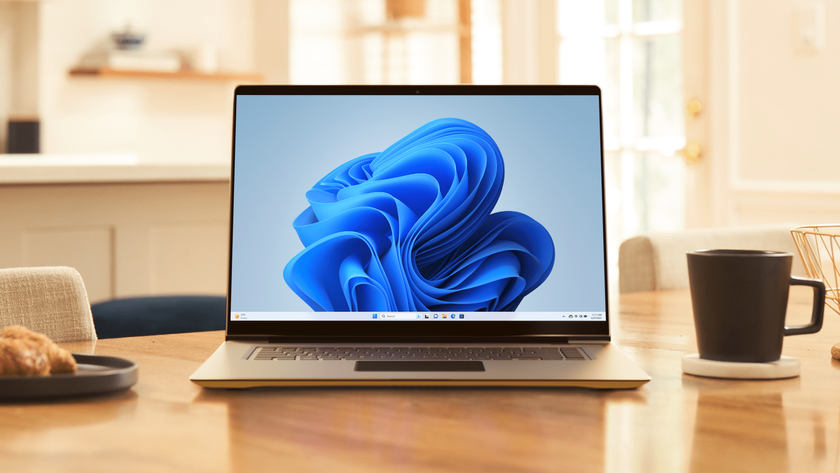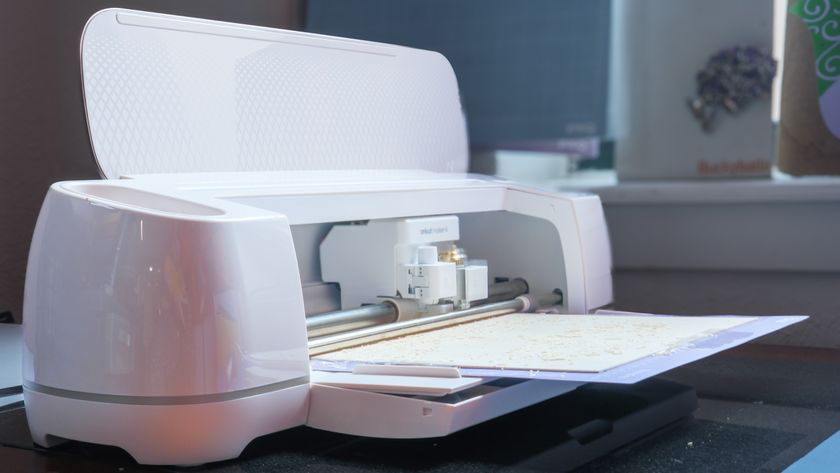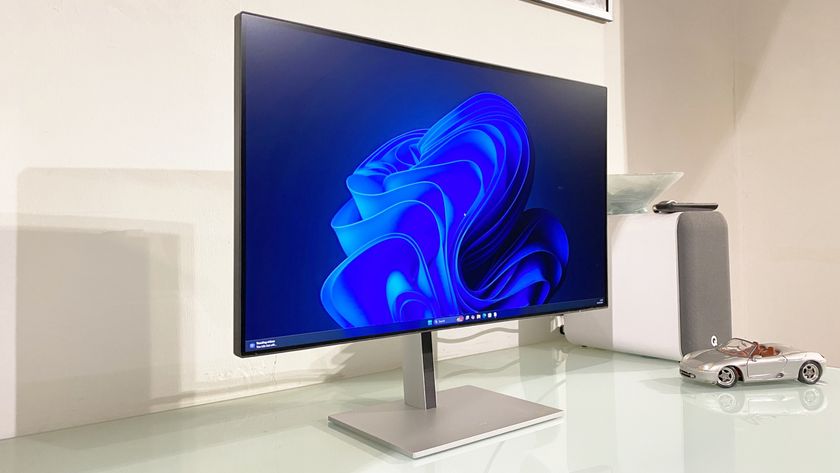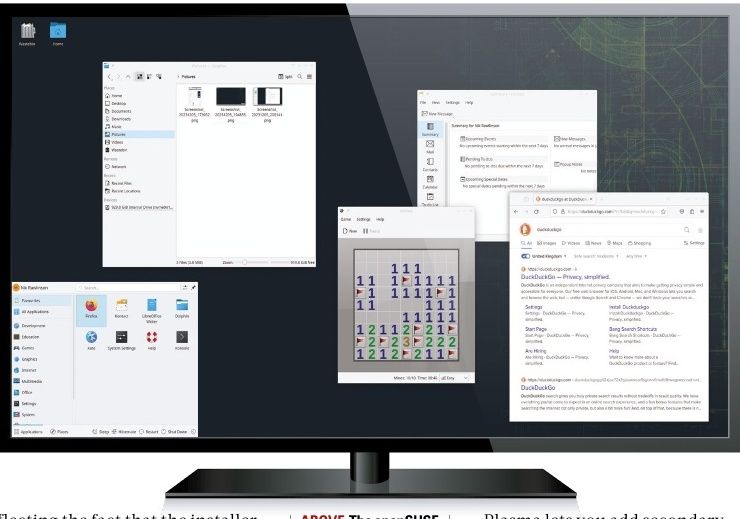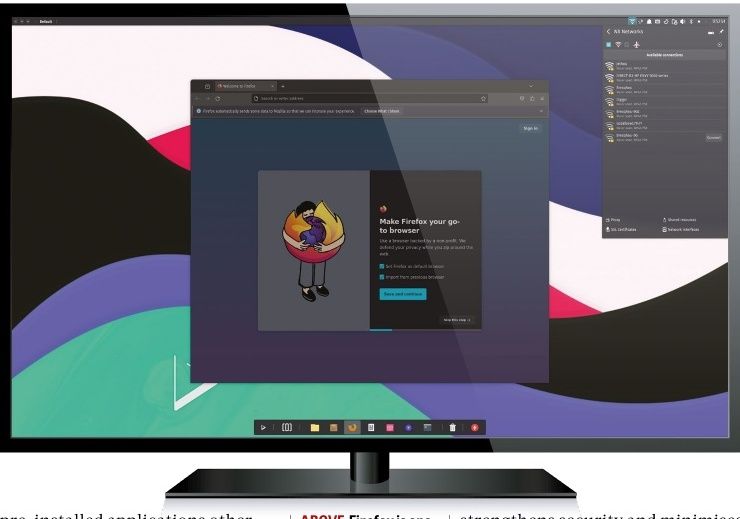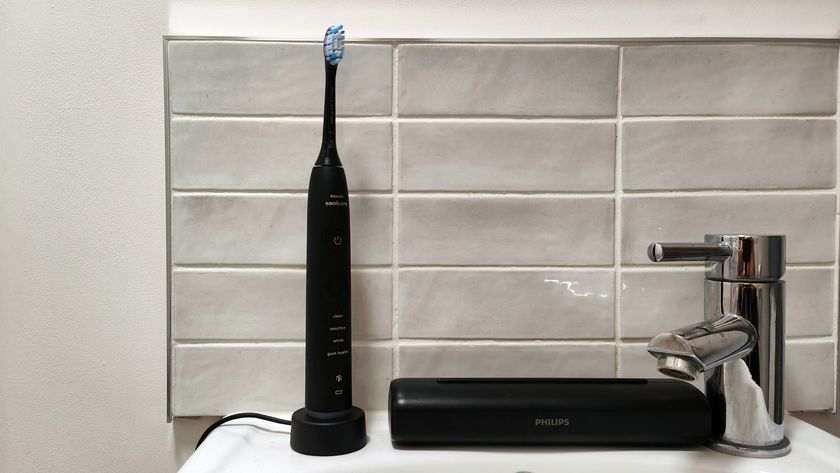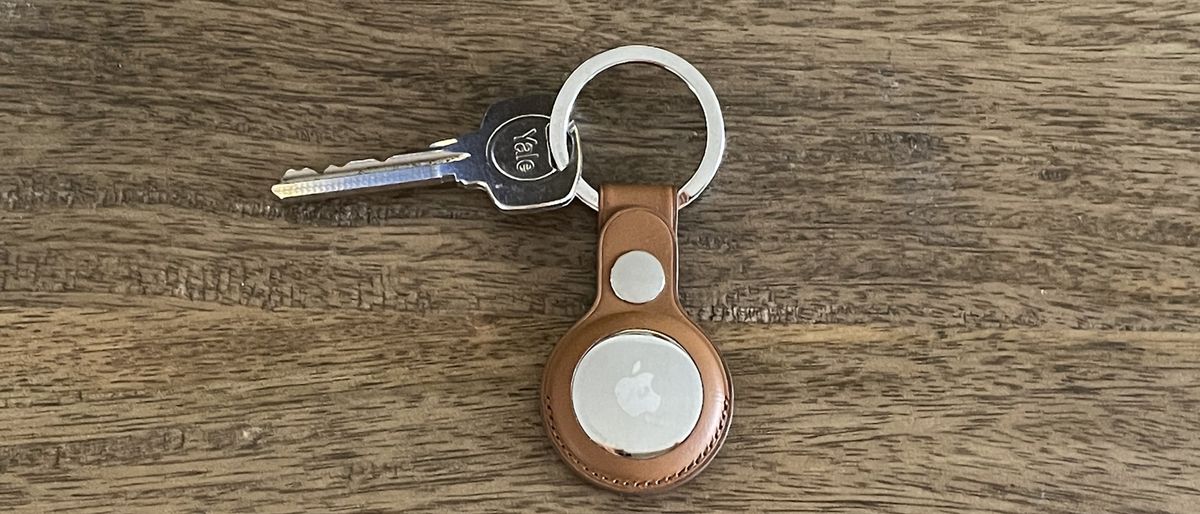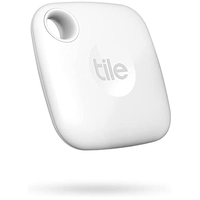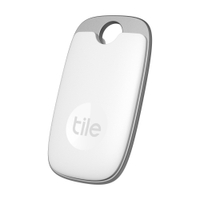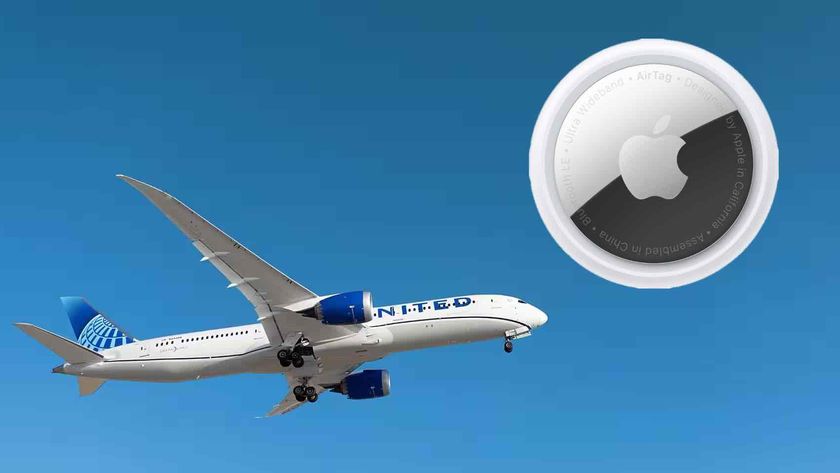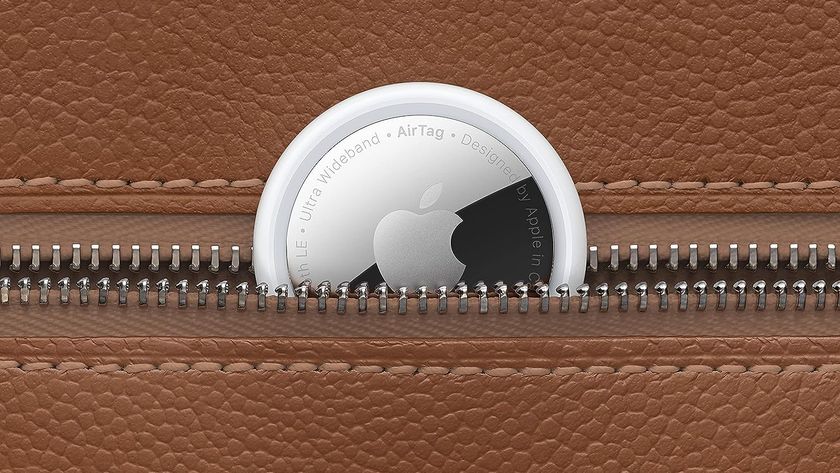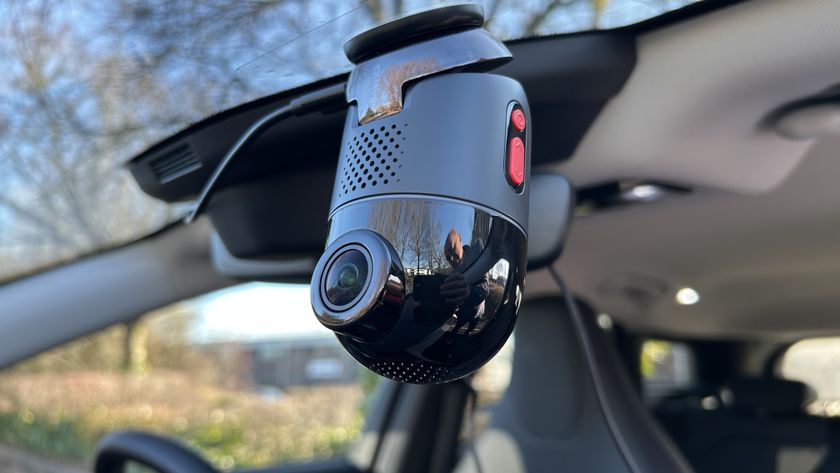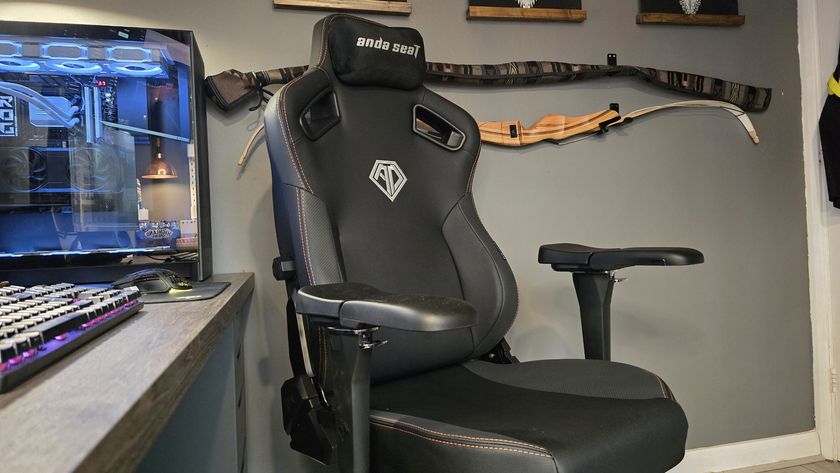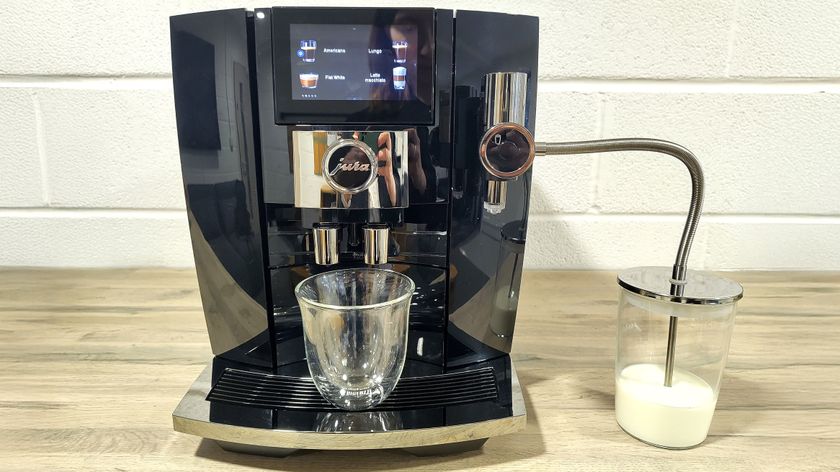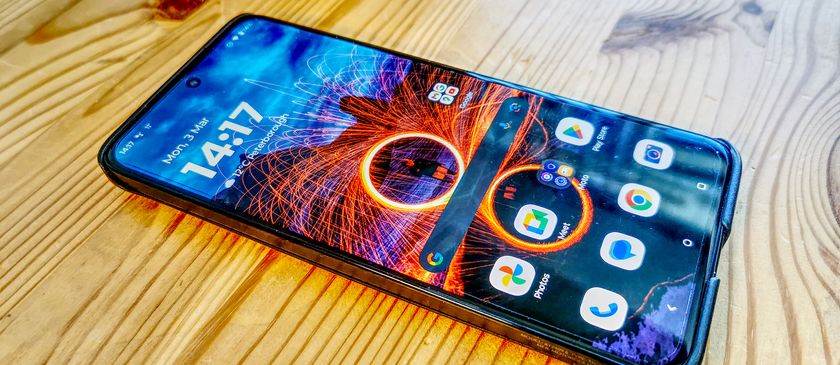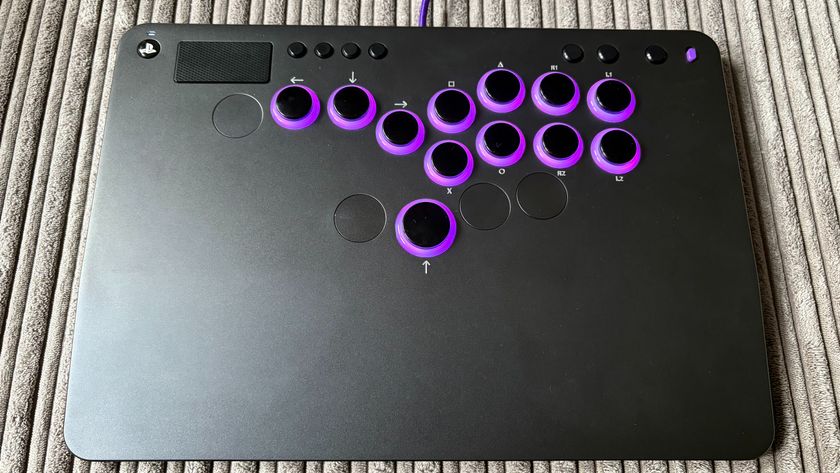TechRadar Verdict
The Apple AirTags are an invaluable and easy-to-use tool for reuniting you with your misplaced possessions. They’re simple to set up and use, and the Precision Finding feature can help you quickly locate misplaced items. Apple has paid plenty of attention to privacy to ensure the location trackers can’t be misused, too. However, there’s no denying that they’re a costly accessory, especially if you want to attach one to keys or bag straps.
Pros
- +
Good for finding misplaced items
- +
Precision location with iPhone 11 and above
- +
Compact, lightweight and waterproof
Cons
- -
Expensive if used with accessories
- -
Doesn’t work with Android
- -
AirTag can scuff easily
Why you can trust TechRadar
Two-minute review
While not the first gadget of its kind on the market, since its launch the Apple AirTag tracker has proven its usefulness to iPhone users that are serial losers of their keys, wallets, and the like. Though an AirTag can only be paired with an iPhone 11 or later (including the most recent iPhone 14 and iPhone 14 Pro smartphones), or an iPad running iPadOS 14.5 or later.
This nifty tool can be tucked inside or attached to another object, and it can then deploy a few features to help you find both items again whether they’re around your home or lost somewhere further afield.
The first is an emitter that lets out an audible beep to help you find your AirTag by listening for its call – not the most high-tech, but helpful nonetheless. If you want something a bit more accurate you can use the iPhone that's paired with the Apple AirTag and rely on the tracker’s Bluetooth and ultra-wideband signal instead. While in range of the tag your smartphone can use this signal (as well as its accelerometer, camera, and gyroscope) to give you onscreen directions to your lost item.
If your AirTag isn’t lost inside your home and is somewhere further away that’s no problem as you can then instead rely on Apple’s Find My network to locate it.
Using your iPhone you can set the AirTag to Lost Mode which will in turn have every iPhone that is part of the Find My network be privately on the lookout for your lost item. When one of these devices passes within range of your AirTag you’ll get an anonymous update on its location – though importantly the person that passed by won’t be alerted that they’re near the tracker.
Last but not least, if someone finds the Apple AirTag the old-fashioned way they can use any NFC-enabled device (whether it’s an Apple product or not) to find out basic contact information for you (if you choose to opt-in to this feature) so that they can return it to you.
Given the nature of the tracker, you’ll be glad to hear that Apple has put plenty of thought into privacy measures, especially when it comes to making sure the AirTags can’t be misused. You can’t activate an AirTag on behalf of someone else, and if your iPhone, iPad, or other iOS devices spot that an unknown AirTag is traveling around with you it will alert you to the tag. Even if you don’t own an Apple device the AirTag will automatically draw attention to itself by playing a sound if it’s been separated from its owner for a long period of time but still moves location – plus if you have an Android phone you can use Apple’s Tracker Detect app to scan for AirTags manually if you think you’re being tracked.
Though the current systems aren’t perfect. In particular, many Android users aren’t happy that the Tracker Detect software doesn’t run in the background automatically – unless you remember to constantly check yourself you could still be being tracked without knowing.
On top of that, while the disc-shaped tracker can be easily slipped into a wallet or bag it’s a little annoying that you have to purchase additional accessories track items like your keys. Especially when Apple’s item tracker already isn’t the most affordable option on the market.

Apple AirTag: price and availability
- List price: $29 / £29 / AU$45
A single Apple AirTag costs $29 / £29 / AU$45; you can also purchase a pack of four for $99 / £99 / AU$149. AirTags can be pre-ordered now, and will go on sale on April 30.
As mentioned, if you want to attach an AirTag to keys, bikes or other items you’ll need to purchase an optional key fob or loop – these come in silicone or leather, with prices starting from $29 / £29 / AU$45.
Third-party brand Belkin makes a couple of officially licensed AirTag holders that are available alongside Apple’s own accessories at the Apple and which cost a bit less, and we expect to soon see more third-party accessories appearing on Amazon and elsewhere.
Apple AirTag: Design
- Compact and lightweight
- Optional accessories mean it can be attached to key, bags and more
- Waterproof with an IP67 rating
At about the size of a quarter or a £2 coin, the AirTag is extremely compact – it measures 1.26 x 1.26 x 0.31 inches / 3.19 x 3.19 x 0.8cm and weighs just 0.4oz / 11g. The stainless steel disc has a removable plastic cover, which secures the CR2032 battery that powers the AirTag, and a built-in speaker, which will emit a sound if the Find My app on an iPhone, iPad or Mac is used to identify its location.
There’s no clip or tag on the AirTag as standard, but it can be slipped into a bag, wallet or coat pocket. If you want to attach it to keys or other items, optional key fobs and loops in leather and silicone can be purchased from Apple, or from third-party brands like Belkin.
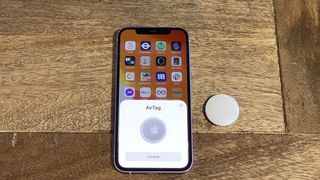
The AirTag has an IP67 rating, so it’ll survive an accidental dunk in a deep puddle or the bath, and it’s also eligible for Apple’s free engraving service, so you can add text, numbers and emojis to the smooth plastic cover, making it easier to identify which AirTag is which if you have several of them. However, we found that over just a few days of use both sides of the AirTag have become scuffed as we’ve used it.
Apple hasn’t specified the Bluetooth range of AirTags, but we believe that it supports Bluetooth 5.0, which is the latest version of the technology, as that’s built into the iPhone 12, and it has a range of 800 feet / 240 meters.
Apple AirTag: performance
- Precision finding feature
- Privacy features ensure your location can’t be tracked
- Lost mode enables a person who finds your AirTag to contact you
Like most iPhone accessories, the AirTag proved extremely simple to set up. Once we’d removed the packaging, the AirTag emitted a short beep, and was immediately recognized by our iPhone. We were able to assign a name to the AirTag, and it was assigned to our Apple ID, showing up in the Items tab. It was also very simple to slip the AirTag into the leather key fob and loop accessories, enabling us to attach them to our keys, and the strap of a bag.
Tapping the AirTag from the items list in the Find My app brings up several options, including Play Sound. We found that it took a few seconds for Find My to connect to the AirTag and emit three cycles of five electronic beeps, which registered 64db on our sound meter – loud enough that we could hear it from beneath the pile of cushions under which we’d buried it on the sofa.
The short cycle of electronic beeps lasts just seven seconds, which is long enough to locate something in the same room or the one next to it, but didn’t suffice when we were upstairs and our ‘misplaced’ item was downstairs. In this instance, we had to tap the Play Sound option four times before we were able to get close enough to the AirTag to hear it.
This is where the Precision Finding feature can help. This uses Ultra Wideband radio technology to identify the distance and direction your iPhone is from the AirTag, and display this information on-screen and through haptic feedback to help you locate the AirTag.
On the whole, we found that the on-screen distance, which is displayed in feet or meters, and the directions, did make it faster to find our (deliberately hidden) AirTag. However, our tests were conducted in a home with cavity walls, which often affects the reliability of Bluetooth connections between devices such as headphones and smartphones, and we found this to be the case with the Precision Finding feature, too.
For example, when we left the AirTag in the garden and moved inside, our iPhone 12 initially failed to establish a connection with the AirTag and asked us to move to a different location. As we moved closer, it managed to connect to the AirTag but the Signal was weak. It eventually connected to the AirTag when it was 21ft / 6 meters away.

When we placed the AirTag in our front garden and walked across the street until we were 30ft / 9 meters away, our iPhone formed a connection with the AirTag almost instantly and was able to guide us to it, without losing signal.
As we’ve already mentioned, if you’re out of Bluetooth range of the AirTag, Apple’s Find My device network can help identify the location of your Key Finder. We found when we left the AirTag in a busy town center and returned home, making it as lost, it took just 30 minutes for a passing iPhone to update us on the AirTag’s location.
We were also able to ask Siri to find an AirTag, which started the cycle of short electronic beeps, but to use Precision Finding, Siri prompted us to open the Find My app.
Apple AirTag: battery life
- Powered by a CR2032 battery
- Apple claims it lasts up to a year before it needs replacing
- Battery is simple to replace
Apple’s AirTag is powered by a CR2032 battery, and Apple says it will last more than a year before it needs replacing – that’s based on causing the tracker to emit a sound four times a day, and one instance of using Precision Finding per day.
We can’t yet test these claims of course, and there’s no battery level indicator, so we weren’t able to gauge just how much our heavy testing depleted the battery.
The battery is easy to replace: you hold the AirTag with the colored side down, place two fingers on the metal side and twist to the right to pop off the metal cover, exposing the battery.
Should I buy an Apple AirTag?
Buy it if...
You want clear directions to misplaced items
The Precision Finding feature makes it far easier to locate misplaced items than just listening for the sound of the AirTag, thanks to the on-screen directions and distance countdown, and it’s currently the only location tracker on the market that offers such a feature
You’re concerned about privacy
Apple has embedded several privacy features into AirTags to ensure they can’t be misused; from having your iPhone or iPad alert you if an unknown AirTag is travelling around with you, to ensuring that you can’t set up an AirTag on behalf of anyone else.
You want to personalize the look
With compatible loops and key fobs available in a range of colors and finishes, including leather and silicone, you can very easily customize the look of an AirTag to suit what outfit or accessories.
Don't buy it if...
You’re on a budget
At $29 / £29 / AU$45, the AirTag is similarly priced to other location trackers on the market, but if you want to attach them to keys, bags or anything else you’ll need to purchase an optional strap or keyfob, which in the case of Apple’s own accessories carries the same or a higher price tag, making these an expensive means of reuniting yourself with misplaced items.
You have an Android device
There’s no way of setting up and using an AirTag with an Android smartphone or tablet, so if you don’t have an iOS device, then AirTags aren’t for you.
You want to share your location tracker
Being able to give a family member access to a location tracker can definitely help speed up tracking down your misplaced item, especially if you think it’s still at home and someone else can check for you. However, that’s not something AirTags offer, unlike rival Tile.
Also consider
Tile Mate (2022)
If you don't have a compatible iPhone or iPad, or you want to pick up a tracker that is cheaper and platform agnostic, then the Tile Mate (and its Tile Slim and Tile Sticker variants) are a great pick for you. Tile's trackers offer most of the same benefits as the Apple AirTag and are a bit cheaper.
Check out our Tile Mate (2022) review
Tile Pro (2022)
The more pricey Tile Pro is even more of an AirTag competitor. While the 2022 model lacks ultra-wideband tracking and has a shorter range than the AirTag it is platform agnostic (meaning it works with both Android and iOS smartphones), and it can be easily attached to keys without the need for additional accessories.
Check out our Tile Pro (2022) review
First reviewed: April 2021
- See today's best Apple AirTag prices and sales
- Check out the best Apple iPhone deals
Carrie-Ann Skinner was formerly Homes Editor at TechRadar, and has more than two decades of experience in both online and print journalism, with 13 years of that spent covering all-things tech. Carrie specializes in smart home devices such as smart plugs and smart lights, as well as large and small appliances including vacuum cleaners, air fryers, stand mixers, and coffee machines. Carrie is now a copy editor at PWC.
